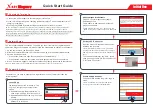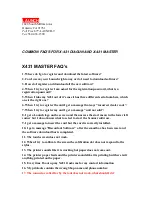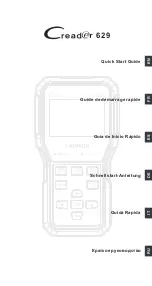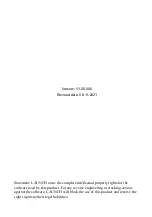
IXSEA
IS DATE
UM-AR 6X1
PAGE
1.1 06/11/02
13/20
This document is the property of IXSEA and may not be reproduced or divulged without their prior written approval.
4.2. 194-2003 Printed Circuit Board
This board gathers all the main functions of the Acoustic Release:
- Preamplifier, wide band pass filter, amplifier and narrow band filtering
- Receiving, telecommand logic implemented in EPROM
- Output amplifier with storage capacitors
- DC/DC converter of transmitter
- Transmit oscillator
- Motor driver and regulator
- DC/DC stand-by converter
4.3. Description
4.3.1. Power supplies
Transmit amplifier section is powered by a 35 VDC blocking converter from the battery voltage
through storage capacitor (C61).
In order to avoid leakage and to save energy of the battery pack, the DC/DC converter is
automatically shut down if the AR unit is not interrogated over about 60 mn.
A 5 VDC serie regulator supplies the receiver and logic sections from the DC/DC converter and
from the battery voltage.
4.3.2. Receiver section
The signal received by the transducer is first amplified through a low noise FET pre-amplifier
(Q01). The signal is fed in a wide band pass filter (L1-C11, L2-C12, and L3-C13), and then the
signal is amplified and hard limited (Z2). The resulting signal from the amplification section is
fed simultaneously into Bit_0 and Bit_1 narrow band filter (T1-C21 for BIT_1, T2-C29 for
BIT_0). Upon detection of one of the telecommand frequencies, an analogue gate samples the
incoming signal for improvement of false detection ratio.
4.3.3. Logic section
Receiving and telecommand logic is implemented in an EPROM (Z24). There are two
programmable commands: RANGE/RELEASE.
The received message is compared to the programmed codes. If the code received matches one
of the two programmed codes, a reply transmission is generated at F0. In case RELEASE code is
detected, the motor is actuated. Control command is applied to the motor drive amplifier for 20
seconds maximum. Time of release completion is about 3 to 4 seconds. Upon completion of
release operation, a second transmit pulse at F0 is generated.







































